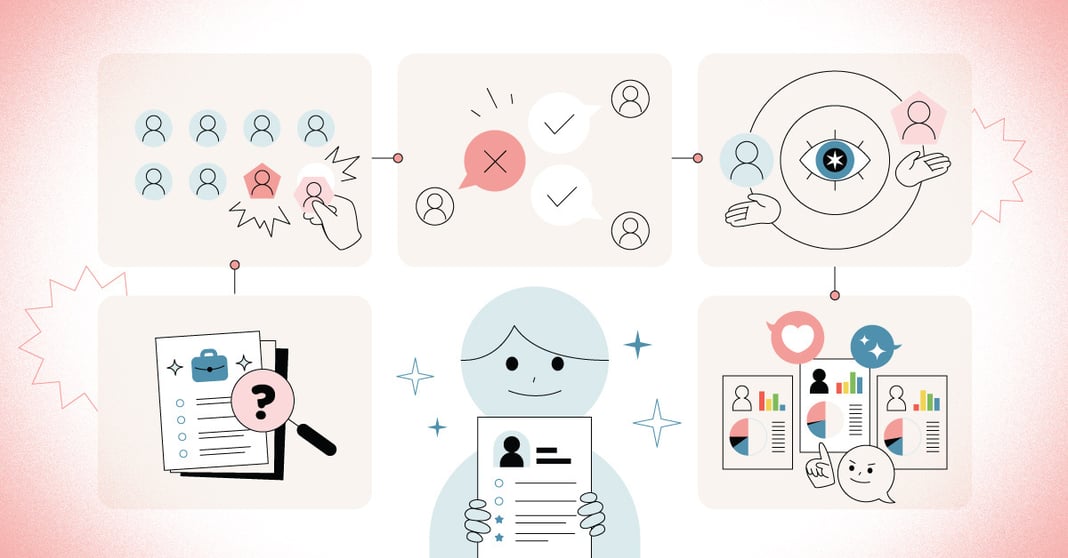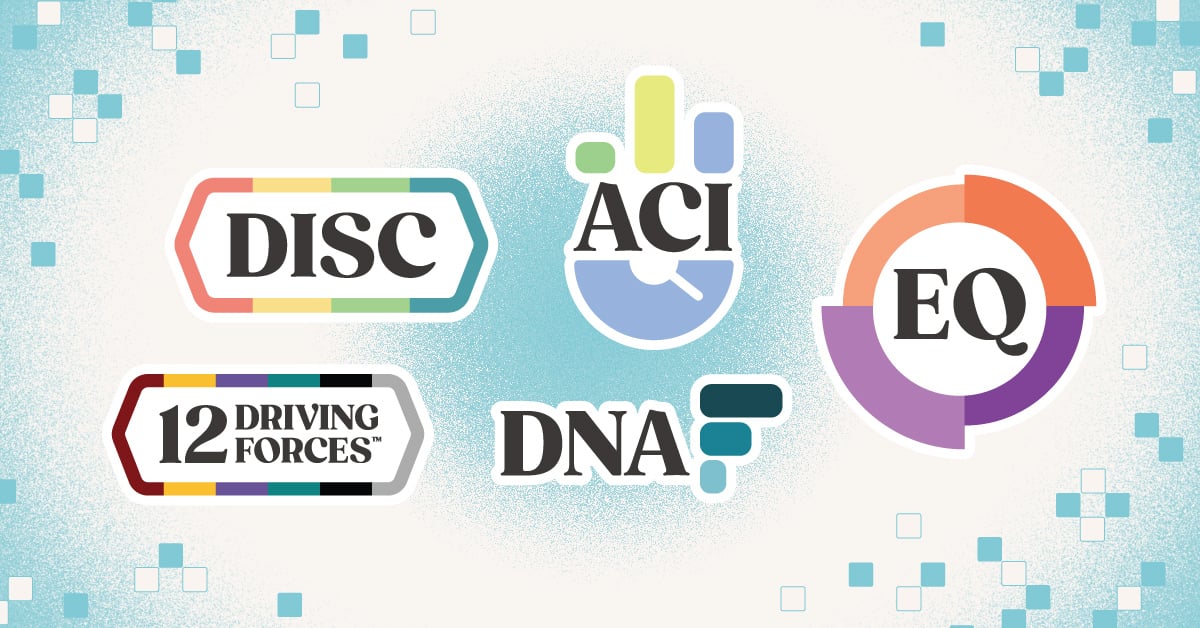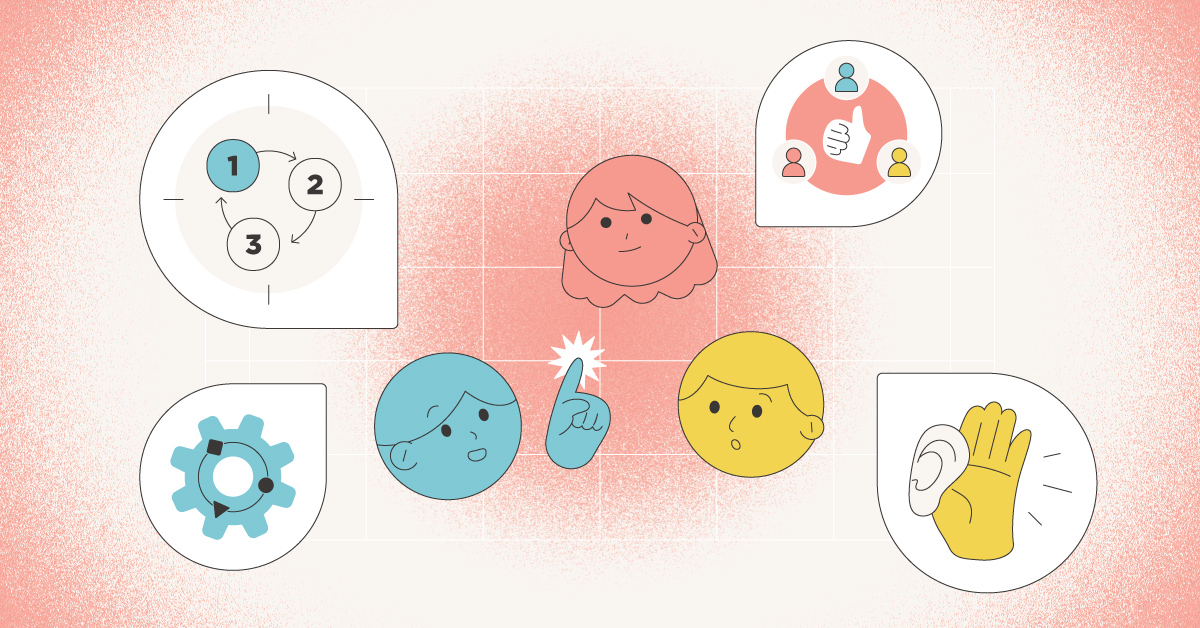
Hiring the right people is crucial to your organization's success, which is why investing in your hiring process is so valuable. A bad hire can affect team morale, increase turnover rates, and damage your internal talent pipeline. In contrast, a good hire can contribute to company culture, positively influence others, and increase engagement amongst their peers.
Here are some critical best practices to apply when hiring to build a stronger, more effective team that will drive your organization forward to success.
Write a Clear Job Description
The job description is the first step in securing top talent. It needs to be accurate to be effective.
"It might be easier to dust off an old job description for a similar role in the interest of time, but not attracting the right talent, or setting the wrong expectations, can have detrimental long-term impacts," says Forbes.
If your hiring team and the department employees who will be this new hire's future teammates don't understand the job requirements and responsibilities, it will hinder the hiring process, the candidates' experiences, onboarding, and success in the role.
“A job description that's so long that only a superhero can succeed is a red flag,” shared Tricia Neves, President of Hiring By Design. “This mistake requires a conversation and understanding about what success looks like in the job.”
Getting specific in the job description allows for clarity and direction when finding talent. A good job description will also help inform where to post the job, how to conduct interviews, and what additional tools, like talent or behavioral assessments, are needed for a successful hire.
Invest time and the right resources into understanding the position and developing a high-quality job description. That means creating a job description that "optimizes content over speed," that same Forbes article shares. You can do that by creating a job benchmark (more on that later!). Utilize that data to write an accurate, effective job description.
Take Your Time During the Hiring Process
One of the biggest mistakes you can make in hiring is rushing the process because it fails both candidates and companies.
Moving too quickly with hiring can make candidates feel undervalued or pressured to accept an opportunity that might not be a right fit for them. If you have a highly desired candidate with several offers, they might be more likely to pass on your company's position if the hiring process feels aggressive or too fast.
"Rushing through the hiring process is likely to cost you in the long run," said Jennifer Marin Lopez, Director of Human Resources and Culture at TTI Success Insights. "I am all for efficiency, which may involve evaluating the hiring process for each role and determining what steps really matter to that specific role. A thorough process will ensure that the employer knows who they are hiring, but also the candidate knows enough about the company, the culture, the role expectations, and what the future may look like if they accept the position."
It also fails companies because it may overlook essential qualifications or the cultural alignment of the candidate. If you're trying to fill a seat as fast as possible, you will likely end up with a poor-quality hire.
Involve Your Team
Getting input from your current team during the selection process is an impactful way to see from a different perspective; your employees likely know best what their team needs and understand what type of candidate would be a good fit. Utilize their expertise!
Employees can help shape how the hiring process unfolds and even be part of a group interview process. They have useful insights about the day-to-day of the position and their questions can help uncover aspects you might not have considered. Use their expertise and insider knowledge during the job benchmarking process by making them Subject Matter Experts (SMEs).
Create a Job Benchmark
Job benchmarking is the process of creating the ideal candidate's profile for a position and then measuring all candidates against that profile. Benchmarking minimizes bias and provides a clear objective and collective voice regarding the behaviors, motivators, and skills the job needs. Utilize the insight of SMEs while creating the benchmark, like employees who previously held the role, the candidate's future direct report, and their future teammates.
Robb Hiller of Performance SolutionsMN knows the importance of using the right tools at the right time. "A client decided to hire a marketing manager based on a good resume, and he liked how she interviewed with the team. He knew the TriMetrix HD assessment but felt the interviews were good enough. Eight months later, he called me, lamenting how poorly this person was performing, and asked for my help."
Robb knew what to do: "We simply created a benchmark for the position and then had this person take the TriMetrix HD and compare it to the objective target of the benchmark. She was clearly not a good fit. After 30 days, she had the opportunity to find a better fit at another company. She took it; then we hired a highly competent person for the role who fit the benchmark almost perfectly. So much for just interviewing and believing that is the answer! It also takes science and a target."
Work Toward Unbiased Decisions
While focusing on unbiased decisions might feel obvious, research shows that "48% of HR managers admit bias affects their candidate choice." That's almost half of the people surveyed, and it only reflects people who are self-aware enough to realize their bias and honest enough to answer accurately! It's safe to assume more people allow internal biases to affect the hiring process, consciously or unconsciously.
Maryville University shared, "We all have biases—unsupported assumptions we make about people or groups. Implicit bias, also commonly known as unconscious bias, refers to the various social stereotypes and judgments that people unknowingly assign to others based on a variety of factors, such as their age, socioeconomic status, weight, gender, race, or sexual orientation."
Combat bias with the appropriate checks and balances in your hiring process. Follow any company-wide initiatives for diversity and inclusion, and consider implementing blind hiring. Blind hiring removes names and any demographic information from a resume, making it easier to focus on an applicant's skills instead of their gender, ethnicity, or any other potential areas of bias.
Avoiding common hiring mistakes is essential for building a strong and cohesive team. By writing clear job descriptions, taking the time to thoroughly vet candidates, involving your team in the selection process, creating a job benchmark, and making unbiased decisions, you set the stage for successful hires. These steps not only help you find the right fit for your organization but also create a positive hiring experience that reflects your company's values and commitment to excellence. Remember, a thoughtful hiring process is an investment in the future of your business.
Make the Right Hiring Choices
Implementing hiring best practices is essential for building a solid and cohesive team. By writing clear job descriptions, taking the time to thoroughly vet candidates, involving your team in the selection process, creating a job benchmark, and working towards unbiased decisions, your organization will be primed to find the best-suited candidates with an efficient, effective hiring process.
If you are interested in using assessments in your hiring process, TTI can help.



